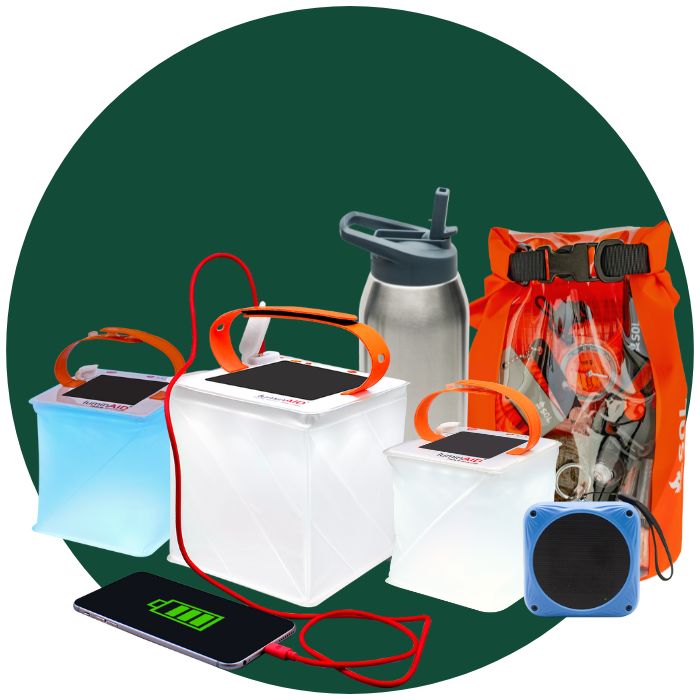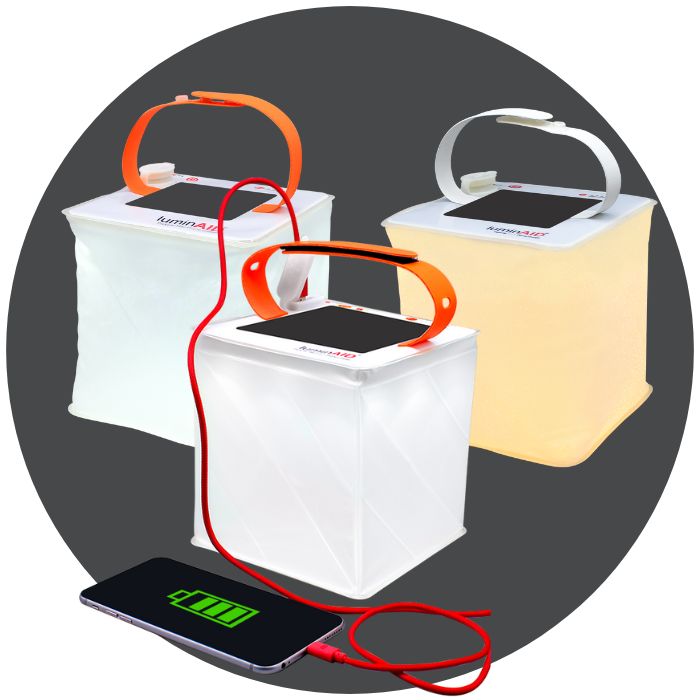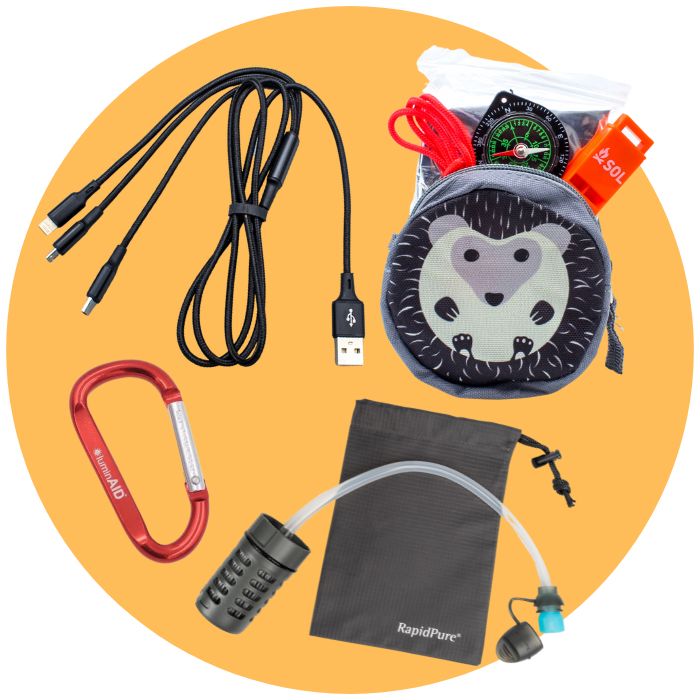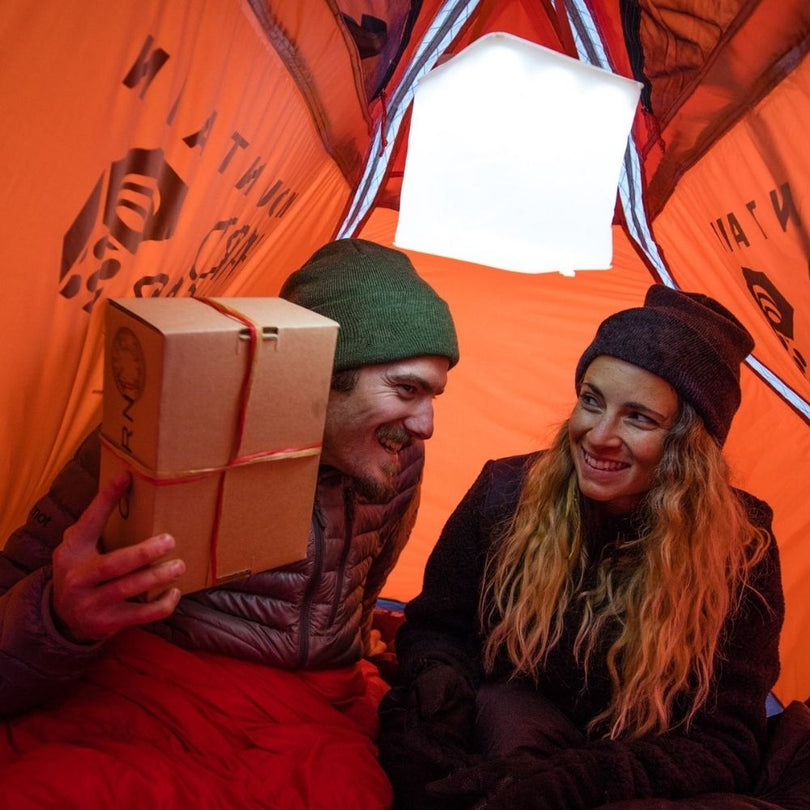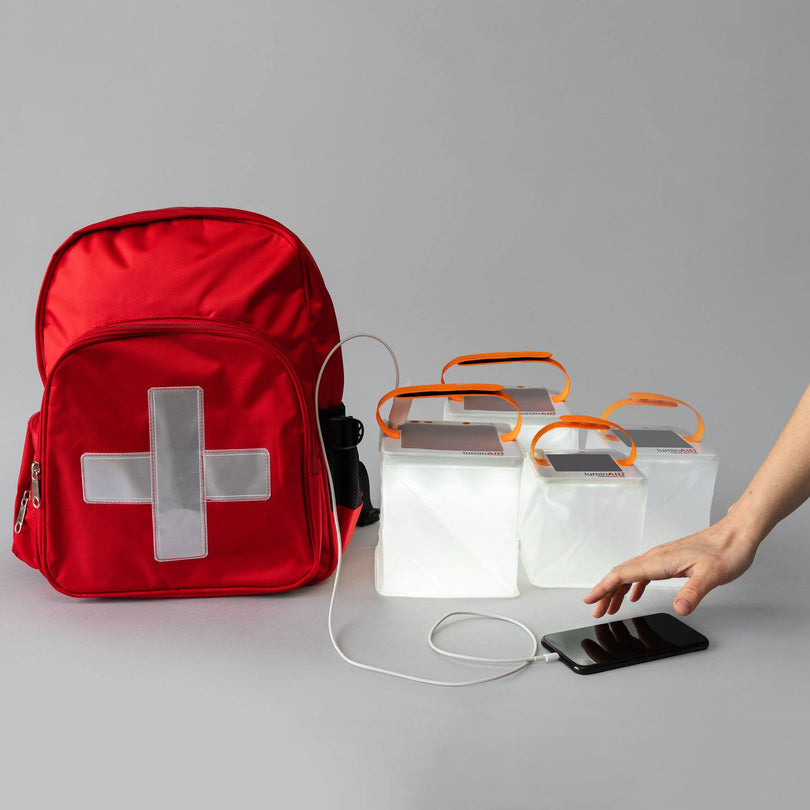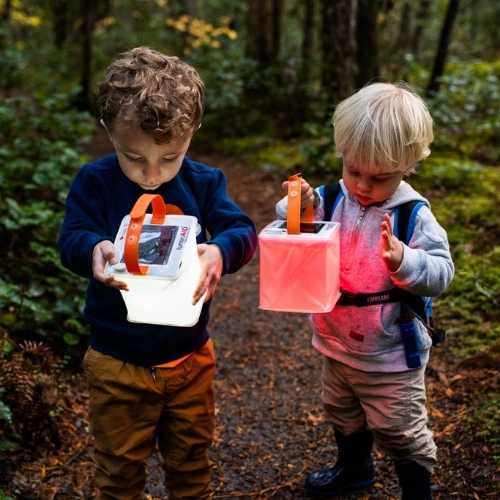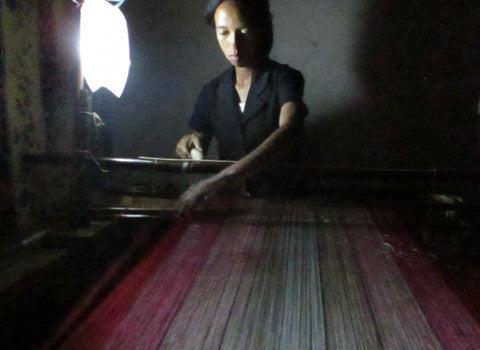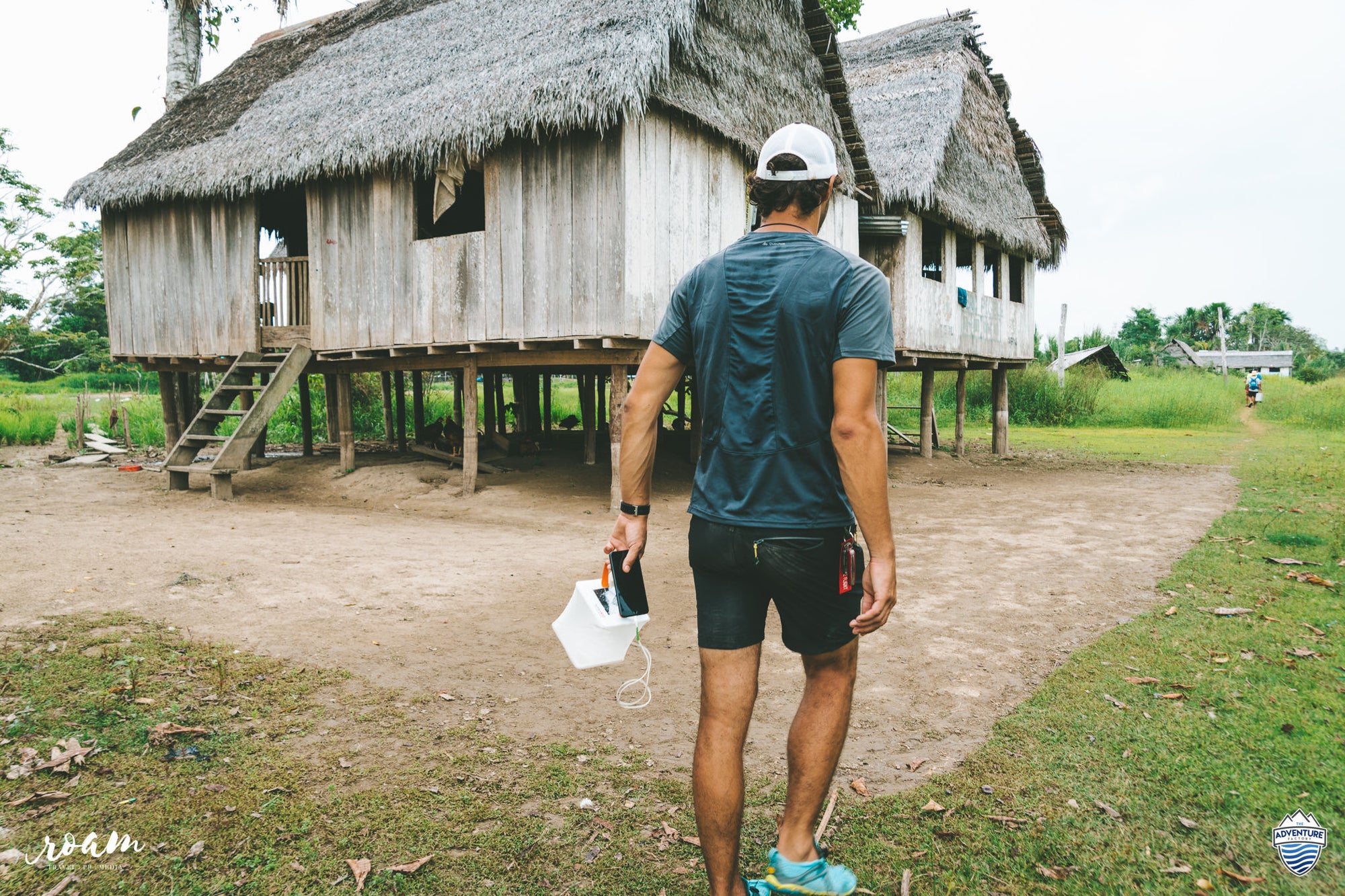The Problem
More than 11 million Syrians have been forced to leave their homes, and 13.5 million Syrians require humanitarian aid within Syria. Phone use is widespread worldwide, and is an important tool for refugees in particular. 86% of refugees interviewed in Za’atari Refugee Camp in Jordan owned a mobile phone. But 9 out of 10 refugees live in settlements without ready access to electricity.
There are two main problems faced by refugee mobile phone users: connectivity and charging. Nine out of ten refugees live in settlements that lack ready access to electricity. Camps are built to be temporary, but the average time refugees stay is 17 years. This leaves huge portions of refugees spending too much of their savings on access to outlets (some stations will cost $5 for each charge), or depending on diesel generators that levy significant economic and environmental costs on refugee families.
After natural disasters, many families face the same challenges with lack of ability to charge phones to contact health services or connect with loved ones. Following a disastrous 2017 hurricane season, virtually the entire island of Puerto Rico lost power, with many households remaining in the dark for months afterwards. This made it challenging to illuminate homes at night, get in touch with family, or call the doctor if something went wrong. Lack of mobile phone access had a huge impact on the communities there and around the Caribbean.

Man charges his phone using a LuminAID solar phone charger in rural Peru
All in a Phone
Think of mobile phones as an ultralight briefcase of memories and tools, that fits in the palm of your hand. A well-charged phone provides:
A compass, and a map
This simple capability to point north is one of the many overlooked tools folded into a smartphone. However, a compass plays an important role in a refugee’s journey to safety. This role is compounded when combined with an offline map.
A photo album
The photos of memories of loved ones and hometowns left behind or lost tells the story of a past life, back when the refugee was just a person, a family member, a part of a community. These fragments are kept safe in mobile phones, and play an important part in providing comfort in times of distress as well as preserving parts of cultures irreversibly changed by the exodus of its participants.
A flare
With over a million refugee sea arrivals to Europe in 2015, and thousands of lives lost in desperate attempts to get there, rescue workers have a daunting task ahead of them. Huge numbers of refugees fleeing war and instability pack into faulty dinghies; the prospect of finding those in trouble in the wide open sea is haunting for rescue ships. Many times, successful rescues are due to a refugee’s ability to call for help or send rescuers coordinates using their smartphones. In this way, smartphones act as a virtual flare for those in desperate need.
A flashlight
The simple feature used by smartphone users worldwide to find misplaced keys, but which can for a refugee make the difference between safety and peril. However, only dependable access to a charging source would make this tool readily available when it’s needed most.
A lifeline
Perhaps the most important function of a mobile phone for a refugee is a call to a loved one, to check in on the safety of family and friends--and let them know you’re safe too. War and instability has a terrible cost of separating families and disrupting communities. Mobile phones however extend a thread of contact for separated loved ones, working against the emotional cost wrought by refugee crises.
A book
Too many Syrian children are out of school. Smartphones store books and learning games to help refugee kids keep up their learning and be distracted from the uncertainty around them.

LuminAID co-founder Andrea Sreshta demonstrating solar phone charging to a woman in Puerto Rico without power following Hurricane Maria
The Solar Solution
Solar energy provides what seems like an easy answer to this energy scarcity. Solar phone chargers require no fuel source (besides a healthy dose of sunlight) and generally require less upkeep than diesel generators. Sunlight is readily available to refugees, and has a lower carbon footprint than other energy options typically available to refugees.
In order to respond to the needs of refugees--and to withstand the rough conditions faced by them--solar chargers must meet these conditions:
- Waterproof and dustproof
- Tested for extreme conditions, including variable temperatures
- High performing solar panels
- Compact, portable size
- Partnerships with NGOs or government aid organizations
- Easily and affordably shipped in quantity
- Straight-forward use of the device
- Adaptable for charging and use in domestic as well as outdoor environments
LuminAID solar phone charges are designed to respond to the needs of refugees and victims of natural disasters. These solar chargers are compact, lightweight, and easy to use for all ages. With high-efficiency solar panels and 100% waterproof certification, the solar chargers are designed for even challenging environments. LuminAID has worked with non-profit Convoy of Hope to send 1000s of LuminAID solar phone chargers to those without power in Puerto Rico.
And these LuminAID solar chargers have one added advantage: they have an integrated expandable lantern. Many families displaced by conflict or natural disaster are the most vulnerable to fire risk, high fuel costs, and dangerous fumes from unsafe light sources. Solar lanterns let these communities safely illuminate shelters, allow children to study at night, and bring comfort to those trying to recover.
Find out how to get involved with sharing light with those in need, from Syria to Puerto Rico through LuminAID's Give Light Program.
Sources
Chatham House. “Heat, Light and Power for Refugees”
The Independent. “Syrian woman explains why refugees need smartphones”
The New York Times. “A 21st-Century Migrant’s Essentials: Food, Shelter, Smartphone”
Maitland, Carleen, and Ying Xu. "A Social Informatics Analysis of Refugee Mobile Phone Use: A Case Study of Za'atari Syrian Refugee Camp."
The UN Refugee Agency
USA Today. “This is what it looks like for refugees rescued from Mediterranean Sea”
The World Bank. Mobile Phone Subscriptions
The World Bank. “How Do We Take Energy Access to the Uprooted?”

